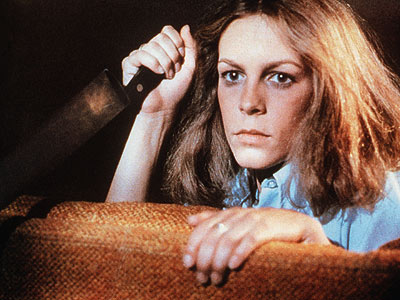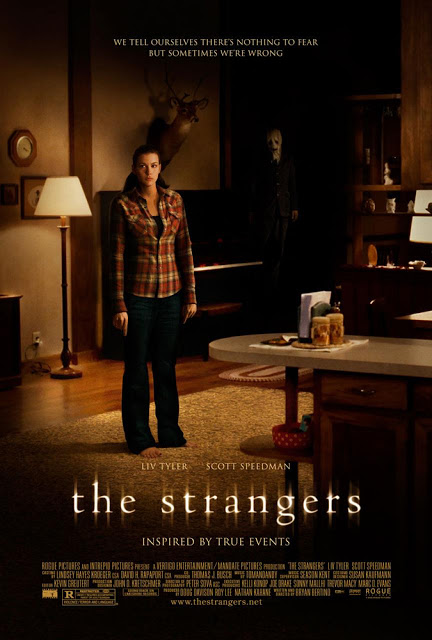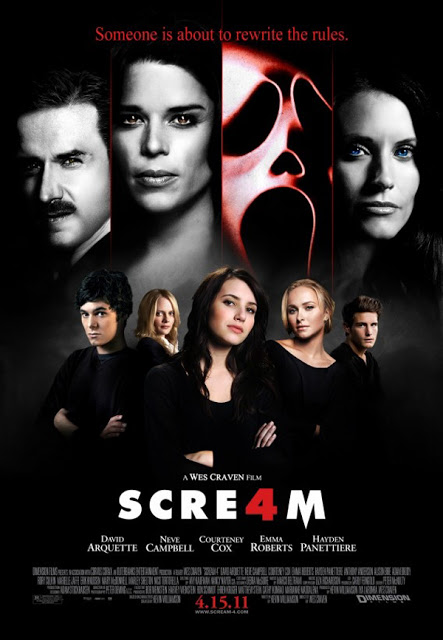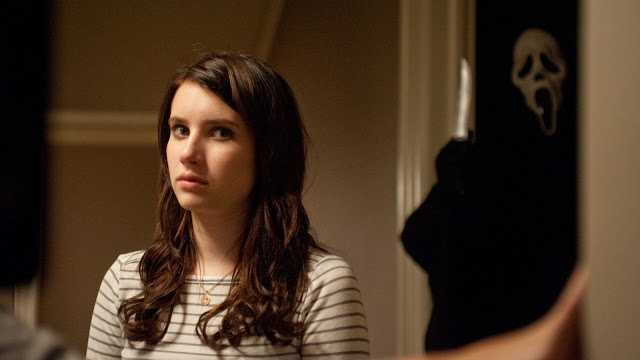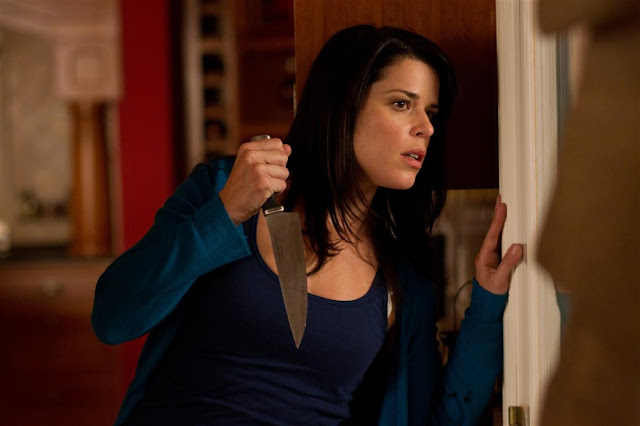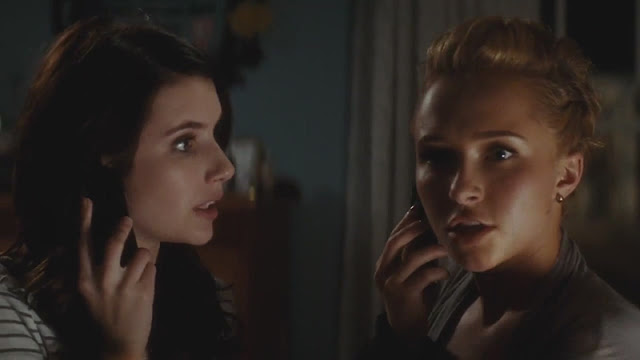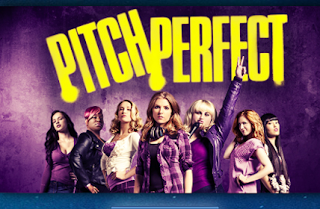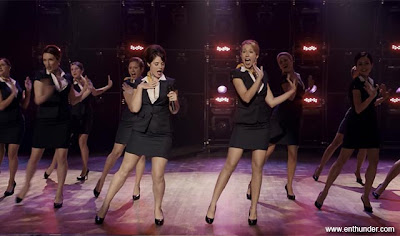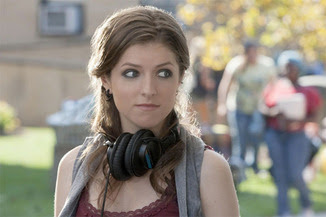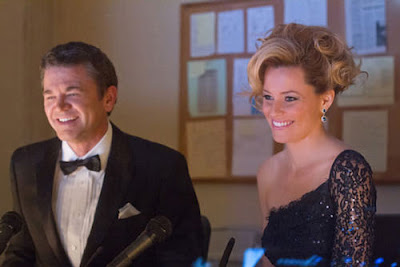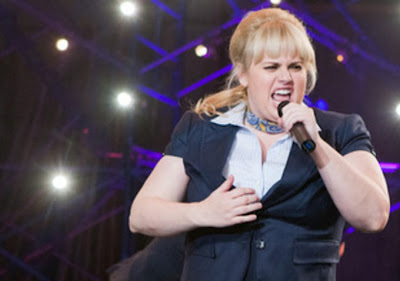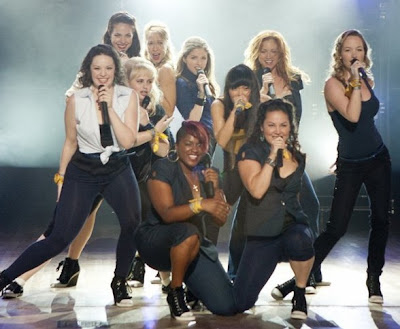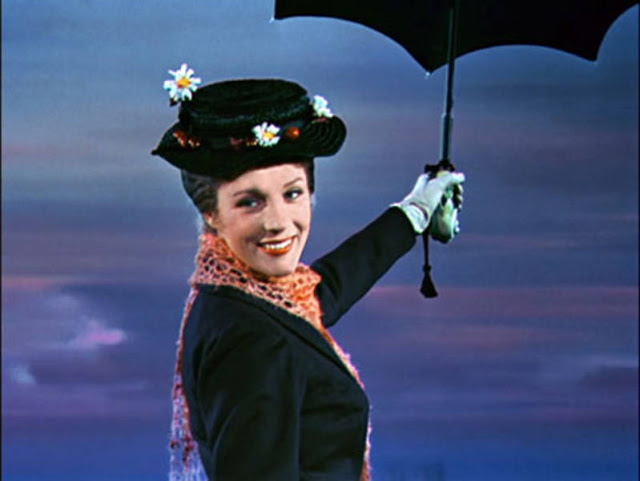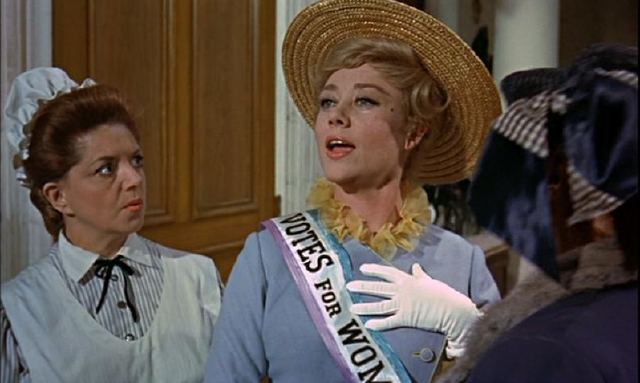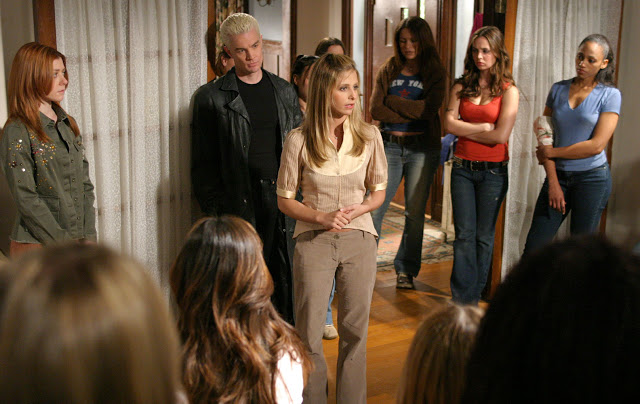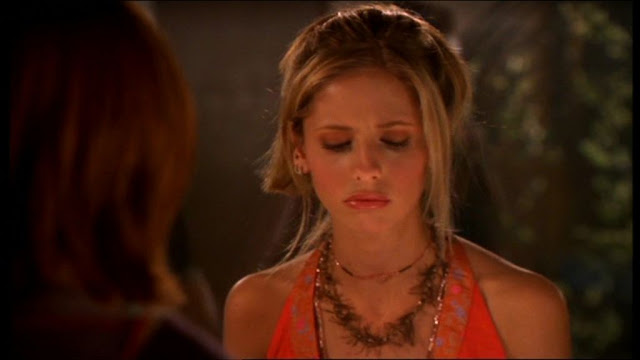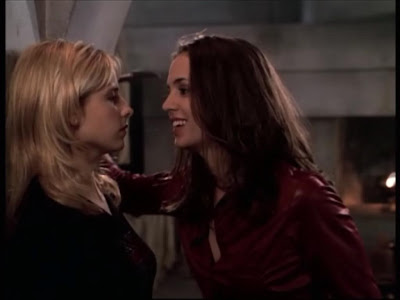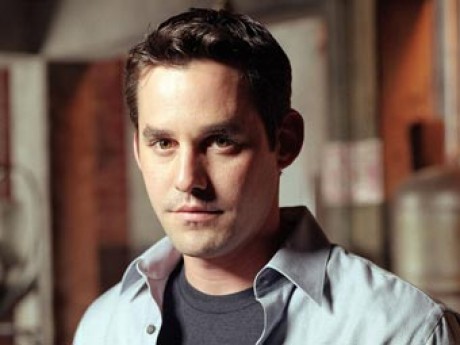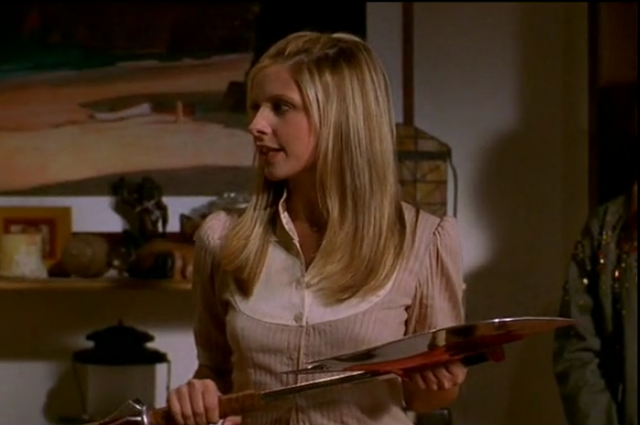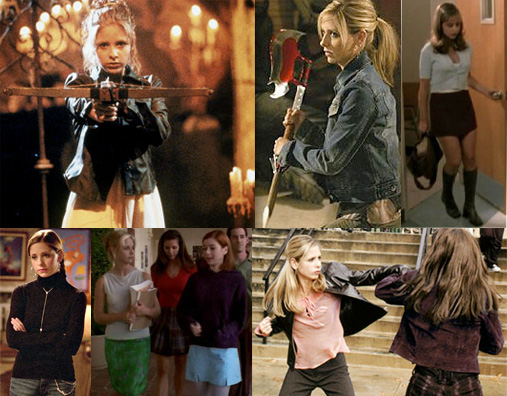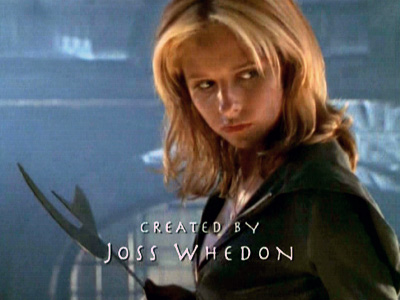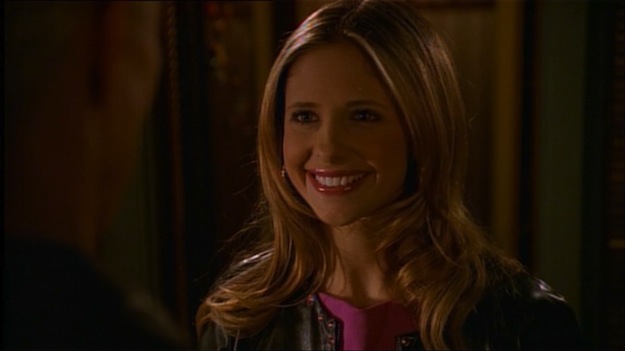The Final Girl Gone Wild: Post-Feminist Whiteness in ‘Scream 4’ by Jeremy Cornelius
Wes Craven’s 1990s Scream trilogy completely rewrote the slasher genre in a postmodern meta-film. In March 2011, Scream 4 was released, ten years after Scream 3 was originally released, starring the original trio: Neve Campbell, David Arquette, and Courtney Cox-Arquette along with some new teen stars to apparently spur a new trilogy. Yet again, this film rewrites the genre, only this time the film plays with concepts of post-racial, post-feminist girl power by making Ghost Face [SPOILER ALERT!!!] a white sixteen-year-old girl, Sidney Prescott’s cousin Jill (played by Emma Roberts). Craven portrays Jill as the most violent and aggressive killer of any of the other serial killers in the Scream films. Jill kills mostly other white teenage girls (her best friends), a black police officer who is depicted in a racist fashion, and her own mother. Jill’s vitriolic aggression is fueled by her neoliberal pursuit of media fame and self-consciously performing the role of victim while veiling herself as the white-faced killer draped in a black shroud.
As well as being a zombie aficionado, I spent my teen years deep in confusion and denial about sexuality and gender – and these two things are perhaps not unrelated. Vampires and werewolves are explicitly sexual and very gendered, but my movie monster of choice erases sex and gender entirely by its very nature. There are no alluring seductions, no monthly cycles, no explosions of pent-up masculine rage in the zombie: only a creeping sameness and inevitability, all social categories dissolved into nothingness, all physical difference literally consumed in the nightmarish Eucharist of undead cannibalism. Of course, this erasure of sex and gender does not mean that sex and gender are not explored in zombie films. On the contrary, there are some very interesting things going on, as we shall see in our whirlwind tour of the Three Eras of Zombie Cinema.
Not only is Kristen (Liv Tyler) the film’s protagonist, she’s a woman who is not presented as a helpless idiot…It is Kristin who loads the shotgun after James confesses he’d lied about going hunting with his father and doesn’t know how to work it. Ultimately, James fires the gun, but by loading it Kristin proves she isn’t an incompetent damsel-in-distress. Throughout the film she strives to fight back…The Final Girl phenomenon is problematic because it is predicated on society’s sexist notion that women are the weaker sex. But scream time results in screen time, and while watching a movie like ‘The Strangers,’ with whom is the viewer being asked to identify? The masked maniac? Or the woman frantic to survive? (Hint: it’s not the maniac.)
In both the novella and The Vampire Lovers, Carmilla (Ingrid Pitt) exclusively stalks female victims, showing little interest in the male characters as anything other than fodder or a means to an end; Ingrid Pitt’s Carmilla never looks quite as comfortable with the lone male in the film she interacts with in a sexual manner as she does with the various women she seduces and bites…indeed the appreciation of Carmilla is seen in the faces of the female characters and it is with tentative exploration that they approach the mysterious woman.
‘Absentia’ Showcases Terror, Strong Female Characters and Sisterhood by Deirdre Crimmins
While I could continue on about the remarkable characterization of Callie and Tricia, it saddens me a little bit that strong non-sexualized female characters in horror films are such a unique phenomenon. While there are plenty of ass-kicking final women in slasher films, and many smart lady doctors who help stop the spread of a zombie outbreak, it is rare to feature a realistic female friendship, or a complicated sibling rivalry, in a horror film. Both Callie and Tricia are attractive, but that is not why they are there. The purpose that they are serving goes so far beyond their gender and their bodies that the contrast to other horror vixens seems like night and day. And neither of them plays the victim, or the unnaturally stoic heroine. They are both complex, and with long histories that they carry with themselves, and impact their judgments.
ELLEN RIPLEY (Aliens): This is perhaps the only scary movie where the villain (a 7-foot alien) was actually slightly intimidated by the intended victim, in this case a female lieutenant trapped on board an alien-infested ship. If she was ever frightened by the aliens, Ripley rarely showed it. As one of the only women on the ship, Ripley (Sigourney Weaver) often swooped down to save her fellow male shipmates from becoming dinner for the aliens without hardly breaking a sweat. This is why we love her.
The central pleasure of Jennifer’s Body — the confusing love Needy feels for Jennifer, and the trouble she takes to clarify that feeling, and act on it (revenging Chip), then act on it again (revenging pre-demon Jennifer) — might be precisely what turned off male reviewers. For all the promise of eye candy going in, this is a story about young women negotiating the horrors of the adolescent-to-adult obstacle course with some dignity, loyalty, and social conscience intact. The infamous male gaze has to work harder to appropriate a film told from the p.o.v. of cute but bookish, shy but self-respecting Needy, whose closest bond is, and might ever be, her friend Jennifer.
When Moira is not around a living straight man, a target for that sexuality, she is an old woman displaying a damaged eye where she was shot. She is presented as completely lacking in sexual attractiveness — not only in appearance but in demeanour as well. Her sexual nature is reserved for straight men…Moira does get to be seen as a tragic figure for this. We see her pain and her loss when her mother dies in a nursing home. We get to see her fear and frustration over trying to be free from the house and having her plans thwarted. We get to see her pain and anger in the face of Constance’s constant taunting and needling of her, still holding a grudge for her husband’s infidelity. But in all these instances we’re expected to sympathise with the older Moira — the good Moira, the non-threatening Moira and, tellingly, the non-sexual Moira. Sexual Moira is not a person to be pitied or a person due sympathy or who feels pain.
For those who haven’t read the comics (like me), Michonne…seems to be a strong, powerful, complex character. She’s clever since she uses two incapacitated walkers to hide from other zombies. She appears to be a fierce and fearless survivor. But what’s even more exciting is that she’s a woman of color. Yet I’m skeptical as the show hasn’t done a great job portraying gender so far…I’m sorry, did the zombiepocalypse also signal a rip in the fabric of time where The Walking Dead characters now live in fucking 1955?! So Lori, women shouldn’t be “playing” with guns or hunting for food or protecting the camp. Nope. Women are only good for domestic duties like cooking, cleaning and child-rearing. Leave the tough stuff to the men. Silly me for forgetting. Thank god Andrea told Lori and her bullshit off…While blaming it on Lori’s “irrational behavior” due to her pregnancy and “going through a lot of stuff” (um, aren’t they all?), writer/creator Robert Kirkman ultimately defends this exchange and the show’s depiction of traditional gender roles…Why must we constantly see a rearticulation of sexist gender stereotypes?…Why is everyone on the show struggling to maintain white male patriarchy??
The Stepfather (the 1987 version) is not like most slasher films; it is a uniquely feminist horror film. Carol J. Clover’s theory of the “final girl,” the trope in horror cinema that leaves one unique girl as the sole survivor, is brilliant and generally accurate. But our heroine, Stephanie, is not like other final girls. For one, she is one of the ONLY girls in the film. The film is full of empty, impotent signifiers of male power: the male lieutenant, the male therapist, the male high school teacher, the male hero/amateur detective, the male reporter and, of course, Stephanie’s dead father. More importantly, throughout the duration of this film no women are killed. Let me repeat that: NO women are killed. It may not be obvious to some viewers, but it is strikingly obvious to me, a feminist who loves horror films. When the film opens, Jerry (or Henry Morrison, his identity before Jerry) has already killed his previous family, which we know contained a wife and at least one daughter, but during the film only men are slaughtered. They are men who attempt to rescue Stephanie and her mother Susan, but the only person who actually rescues Stephanie is Stephanie.
Instead, these little girls embody society’s growing fears of female power and independence. Fearing a young girl is the antithesis of what we are taught — stories of missing, kidnapped or sexually abused girls (at least white girls) get far more news coverage and mass sympathy than stories of boy victims. Little girls are innocent victims and need protection…Their mere presence in these films spoke not only to audiences’ fears of children losing innocence, but also the intense fear that little girls — not yet even women–would have the power to overthrow men. These girl children of a generation of women beginning a new fight for rights were terrifying — these girls would grow up knowing they could have power.
Call it The Nervous Wife, which is more concise than “women are super emotional, illogical and fearful and cannot be trusted.” The Nervous Wife is a staple of the haunted house film genre, and now that paranormal shows are slowly taking over the small screen, it can be found there, too. In the first season of the FX channel’s American Horror Story, the character Vivien Harmon had to be committed and impregnated with a devil baby, and her teenage daughter dead and haunting the family abode, before her husband would believe that something spooky was going down. Yes. Yes. I know. Science says ghosts and goblins and such don’t exist. True enough. It is natural for a body to be skeptical of supernatural claims. Would you believe it if you were told the portal to hell was in your laundry room? Likely not. The problem is that women in horror films are rarely, if ever, the skeptical ones. Logic is portrayed as a man thing. Little ladies are quick to believe the unbelievable. And to be frightened by it.
But really, I think that the guys who made this film have no idea what kind of culture they are feeding into. I think that V/H/S is a horror film, not because it is well-made, or clever, or scary, but because these are the stories we expect to hear. Girls are murderous. Girls are sluts. Girls won’t give it up. Girls can’t be trusted. Girls are victims. Girls. Are. The. Worst. Those girls? They’re even worse than those guys. But you know what, guys who made this film? When you feed into this culture, when you populate your brains and ours with these images, with these narratives, you make it more and more likely that the only option girls have when date raped, when stuck in a loveless marriage, when victimized, when traumatized is to strike out. To strike back.
I started thinking about the five college students in The Cabin in the Woods and how their roles ar e defined by gender. The two women, Jules and Dana, are defined as The Whore and The Virgin – two opposite ends of the spectrum whose deaths are meant to serve as bookends for the others. The order of deaths is irrelevant except in the case of the women. Jules, as the corrupted Whore, has to die first, and Dana, the Virgin, has to die last, if she dies at all. As Hadley (Bradley Whitford) says, “The virgin death is optional as long as it’s last.” The female characters are defined only by their sexuality – nothing else about them really matters. Still, the men don’t fare much better…What I find particularly interesting, though, is how the “puppeteers” (as Marty calls them) recognize that the five people they’ve selected for the sacrificed don’t easily fit into the prescribed archetypes.
[Bexy Bennett]: Strong women don’t necessarily need to be role models, though. I certainly wouldn’t want my children to raise the headless horseman from the dead to exact revenge for previous injustices, but I can admire Lady Van Tassel’s forbearance – she and her sister are left alone, as children, in the Western Woods, yet she ensures their survival and raises herself to a position of some importance in the village. Of course her motives are questionable but does that diminish her strength?[Amanda Civitello]: Given the way that the other lead female character is portrayed, I have the impression that it’s a deliberate editorial decision to make the one strong female character into the antithesis of a role model. The audience is meant to identify – or if not identify, at least feel for – sweet Katrina Van Tassel, who does all she can to save the man she loves. But Katrina isn’t nearly as well-rounded a character as Lady Van Tassel. She’s more of a generic type of filler than anything else; to compensate for the lack of development of Katrina’s character, it’s as if they wanted to ensure that Lady Van Tassel would be so offensive and so off-putting that they made her into something bordering on a monstrous caricature.
The horror genre has a tradition of terrorizing women, of chasing them through the woods and attackingthem in houses. It also has a tradition of The Final Girl, a trope that is simultaneously empowering and reductive: the only survivor is a virginal woman who wields a phallic weapon and destroys the monster. The ‘Paranormal Activity’ trilogy features a different kind of Final Girl: she doesn’t kill the monster — she becomes it.
Ableist and sexist stereotypes of women and mental illness abound in horror movies and TV (American Horror Story, Orphan, Gothika, Nightmare on Elm Street 3, The Ring and Misery)…Society polices women’s appearances, language and behavior. We can’t let the ladies get out of control. Who knows what could happen??? Calling a woman “crazy,” doubting not only her veracity but her very sanity, is offensive. It’s also an attempt to control women, demean them and strip them of their power. Women with mental illness are often silenced, invisible from the media aside from victims or villains in horror. When we do see them on-screen, they instill fear as they are depicted as violent, volatile and uncontrollable…The “crazy bitch” trope and label — in both pop culture and reality — silences and dismisses women while simultaneously shaming and stigmatizing women living with mental illness.
Without a doubt, the movie is doing many exciting, transgressive things. I find particularly important the way the audience is analogous with “the gods” because we are the ones demanding these elaborate, repetitive sacrifices that push people into these stereotypical roles. It’s not only an indictment of the horror genre but of the voyeuristic spectatorship that perpetuates these horror tropes. However, I expected more from the feminist powerhouse team that created Buffy the Vampire Slayer. I find myself wishing Marty had been cast as a woman, and the two women, the fool and the non-virgin virgin, would be the pair of survivors who finally say “no more” to a horror genre that dismembers, kills, and punishes them for being women.
The woman’s scream has been an essential part of horror. Women play a fundamental role in horror films – possibly more than other genres. Women function as a foil. They are wrought by terror. They scream the way we, in the theater, want to…The problem is that we are still dealing with an either-or sort of situation. Women can be preternaturally courageous and stoic. Or, they can be spastic screeching machines that fall to pieces.
And while my confession at the start of this remains the same, upon closer inspection, I realized that Leslie Vernon’s treatment of women is left to be desired. While there is a lot of discussion about empowering the survivor girl to become a strong woman, it is described from a mocking male’s perspective. One scene in particular especially rubbing me the wrong way, in which Leslie discusses with Taylor how the faux survivor girl, Kelly, will imminently end up at an old shed to find a weapon. He describes her choice of weapon as “empowering herself with cock.” The axes, sledgehammers, and other long handled devices purposely phallic.
Horror films are commonly seen as one of the most sexist film genres; utilizing the voyeuristic male gaze, objectifying the female body, and reveling in helpless women being victimized. I am not discounting these claims, but horror has the potential to be more than that: films which subvert the genre’s sexism and incorporate strong, distinct female characters do exist.
